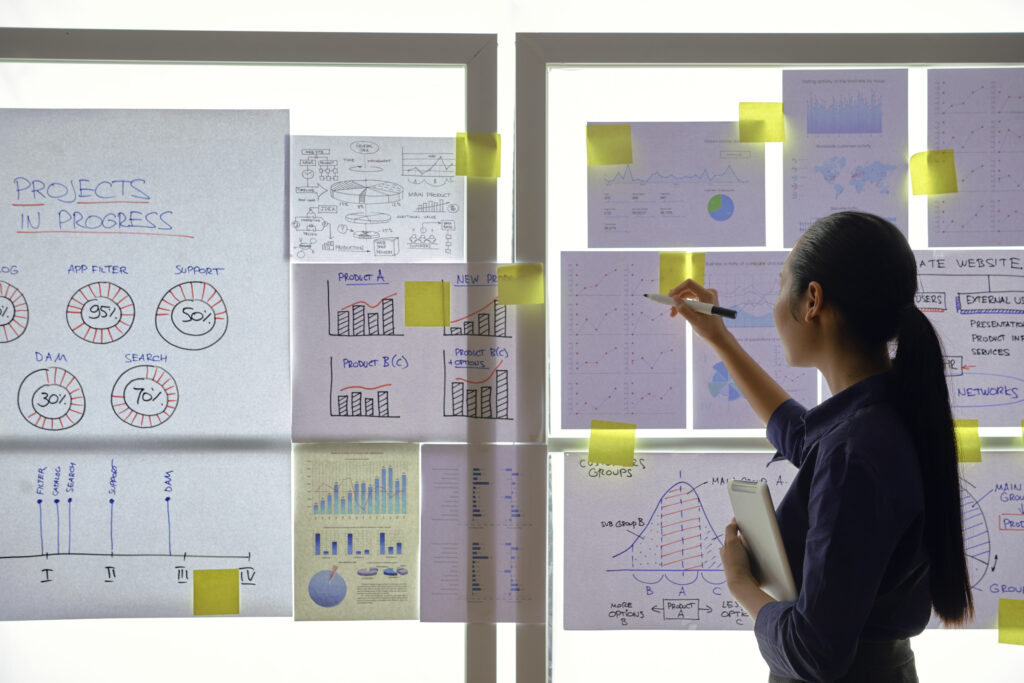OUTSOURCING BLOG


New companies are popping up every day but as most entrepreneurs know starting a business comes with a couple of risks Most startups operate with high costs limited revenue and…

14 East Mayer Drive,
Suffern, New York 10901
Davao
Buhangin-WVP Lopson,
Buhangin-Lapanday Road
Bonifacio-Old Queens Theater,
Bonifacio St.
Bacolod City
Home Invest IT Center Burgos Roadcor. Acacia St.
© 2024 FGC+ | Privacy Policy | Terms of Use
Fosters a positive work environment through talent management, employee relations, and effective HR practices including onboarding, payroll and benefits, and government compliance.
Attracts, hires, and retains top talent to drive organizational success and growth.
Develops mentoring, leadership, and engagement programs to ensure employment fulfillment, growth, and to achieve top performance for your business.
Leverages cutting-edge technology and innovation to provide reliable and consistent network uptime, data security compliance, and enhance overall system efficiency.
Provide customized reports for you to maintain visibility on team performance and gain data-driven insights to identify and resolve issues proactively.
Audits the work to ensure staff adheres to your quality standards and focuses on continuous improvement to deliver top-notch services.
Facilitates technical and soft skills training to equip team members with the skills and knowledge to excel in their roles.
Reviews and analyzes staff productivity, trends, and utilization to ensure your team aligns with business demands.
Executes the operational deliverables agreed upon while meeting or exceeding expectations.
As your unbiased advocate and main point of contact, your client service manager ensures the needs of the program and relationship are met while providing a focus on long-term strategy and program optimization.